First Look: The Jaguar C-Type Continuation Honors the Le Mans–Winning Model’s 70th Anniversary
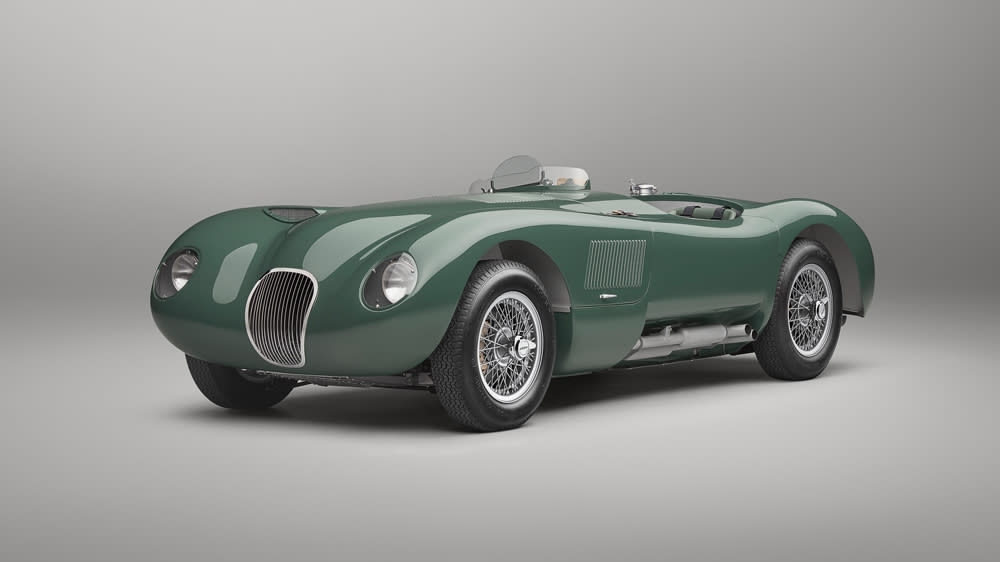
Jaguar’s latest model is a breathtaking reconstruction of the iconic C-type, a Le Mans–winning car of the 1950s that also smashed the 100 mph average speed record during the grueling 24-hour race in 1953. The British automaker’s Classic division has been charged with making up to only 16 continuation examples of the open-top two-seater, dependent on demand, in honor of its 70th anniversary.
Jaguar’s fourth Continuation model after the Lightweight E-type, XKSS and stunning D-type, the new C-type will be unveiled to the public at the prestigious Concours of Elegance at Hampton Court Palace in London on September 3, although pricing has not been disclosed. Prior to the unveiling, Robb Report was given a sneak preview of the limited-edition collectible at Jaguar Classic’s headquarters near Warwick in the UK.
More from Robb Report
Car of the Week: This Ultra-Rare 1938 Bugatti is Heading to Auction in September
Car of the Week: This 1975 Lancia Stratos Has Agility That Would Make a Hummingbird Jealous
A 1938 Mercedes-Benz Takes Top Honors at the Pebble Beach Concours d'Elegance
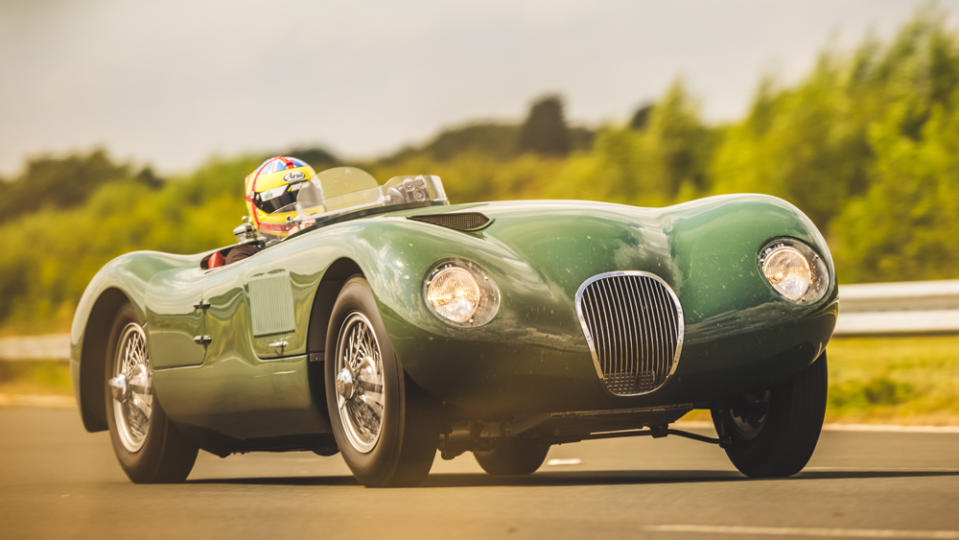
Photo: Courtesy of Jaguar Land Rover Automotive PLC.
While images of the car show a svelte, sculpted beauty that would grace any collection, the C-type Continuation looks even more amazing in the metal. The fluid and aerodynamic shape was originally penned by designer Malcolm Sayer, who was recruited by then Jaguar boss Sir William Lyons to create one of the most import vehicles in the marque’s history.
The pioneering, slippery profile helped drivers Peter Walker and Peter Whitehead win the 1951 Le Mans race upon the car’s debut, averaging 93 mph. Two years later, revised C-types placed first, second and fourth in the race.
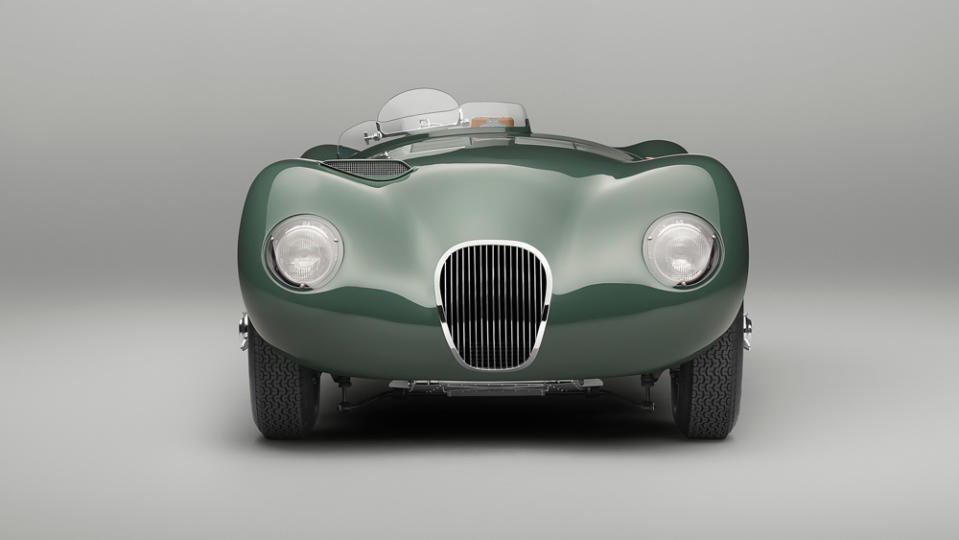
Photo: Courtesy of Jaguar Land Rover Automotive PLC.
Set on gleaming, chrome wire wheels, the continuation examples reflect a remarkable attention to detail. And everything has been faithfully recreated, from the Lucas fuse-box cover to the unusual brackets on the brake-fluid reservoir.
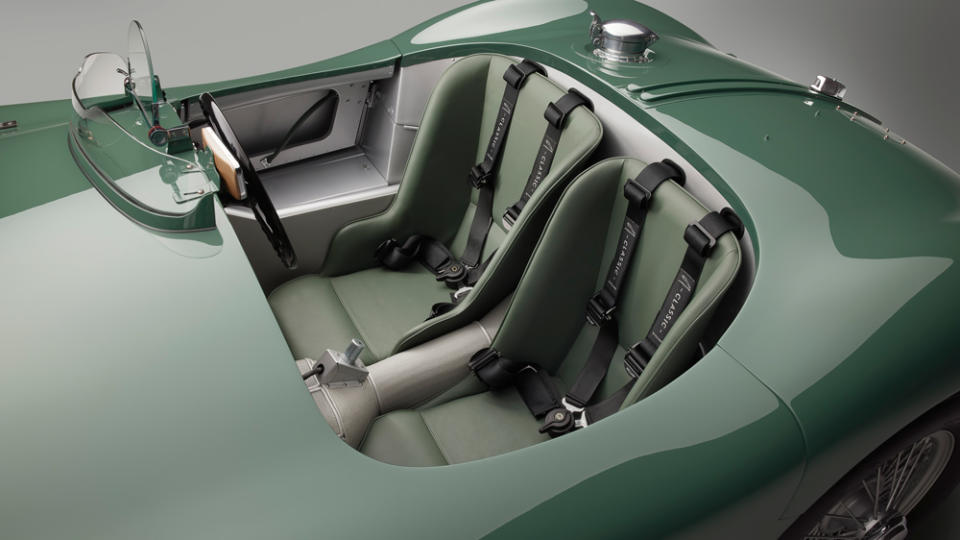
Photo: Courtesy of Jaguar Land Rover Automotive PLC.
Exhaustive research was conducted into the C-type’s illustrious history, and each car will be hand built from original drawings, with construction relying on a combination of period techniques as well as 3-D CAD design. For further authenticity, Jaguar’s original sales ledger of more than 2,000 parts was also consulted.
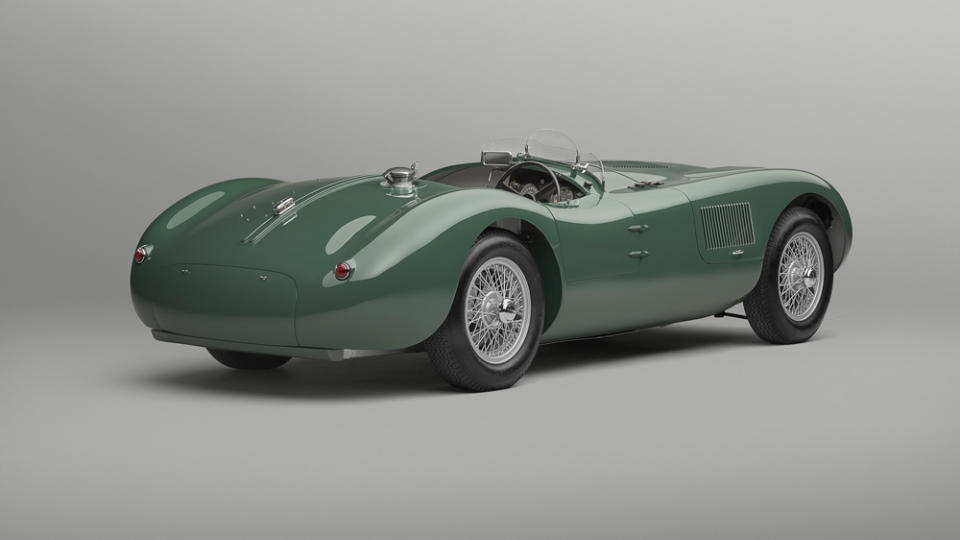
Photo: Courtesy of Jaguar Land Rover Automotive PLC.
“This car is one of the most iconic in Jaguar’s racing history, driven by some of the most admired drivers, including Sir Stirling Moss,” mentions Dan Pink, director of Jaguar Classic. “The C-type is particularly notable for the first use of disc brakes—early versions of what we use in modern cars today. Developed with Dunlop, they helped contribute to the C-type’s domination on the track.”
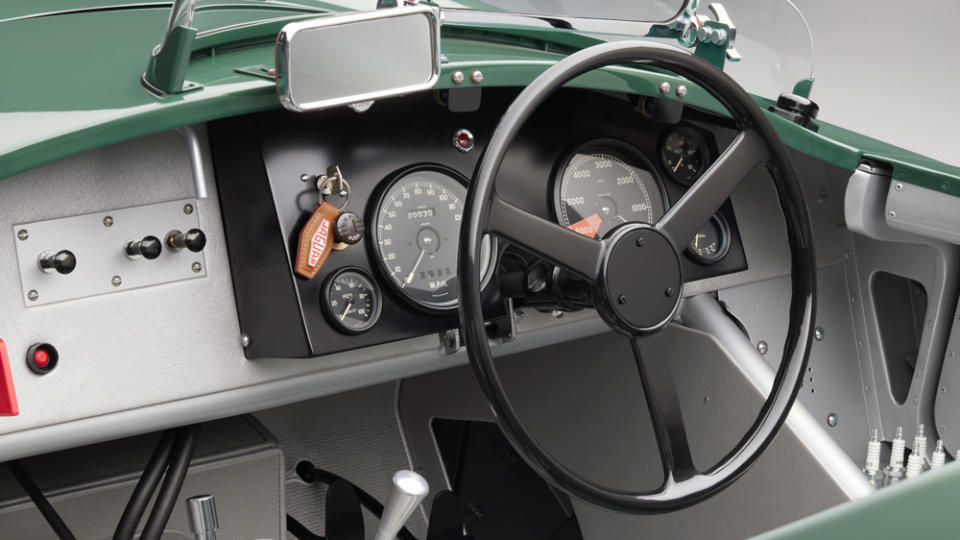
Photo: Courtesy of Jaguar Land Rover Automotive PLC.
Every C-type Continuation is fitted with a 220 hp, 3.4-liter straight-six engine equipped with triple Webber carburetors. The output is more than enough for new buyers to enjoy competitive historics racing; and the power plant sounds fantastic.
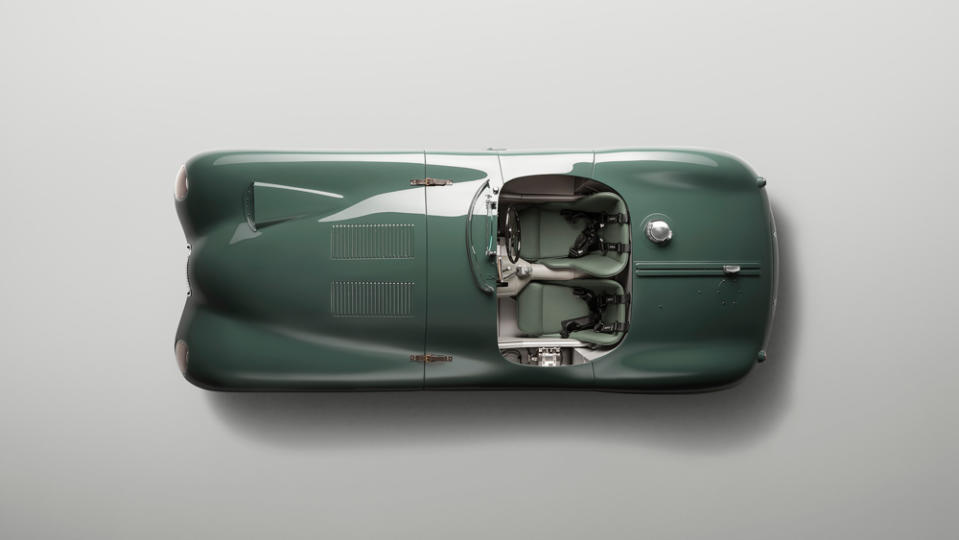
Photo: Courtesy of Jaguar Land Rover Automotive PLC.
Of the 53 C-types built in the 1950s, 43 were sold to customers and, importantly, were fitted with less powerful drum brakes. The continuations, though, are equipped with the same upgraded disc brakes as the 1953 Le Mans–winning racer.
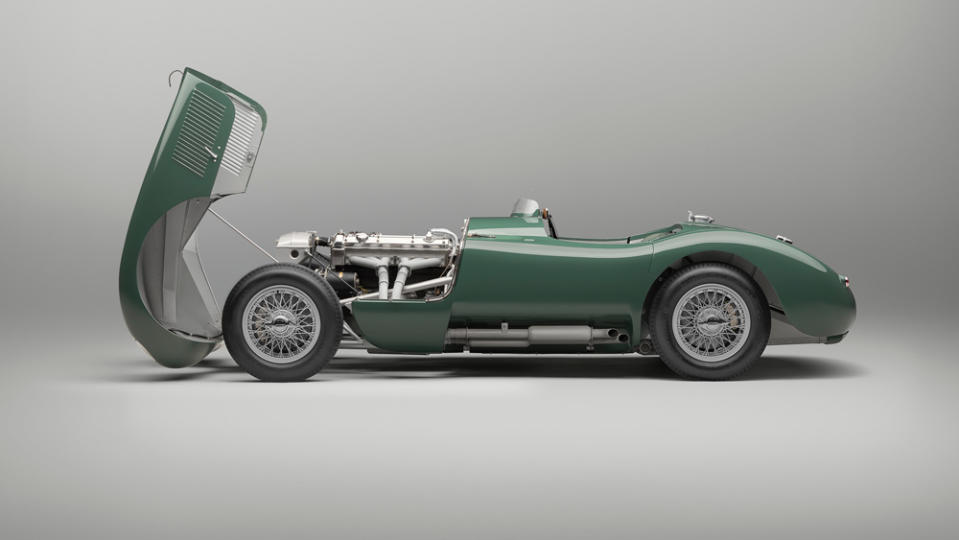
Photo: Courtesy of Jaguar Land Rover Automotive PLC.
Prospective owners can access the car configurator at jaguar.co.uk to build their own version, and are also able to select from twelve water-based paint colors, a choice of eight leather interiors and plenty of period options. All of Jaguar Classic’s previous continuation models have sold out—despite their seven-figure price—and are regarded by collectors as appreciating investments.
Learn more about Robb Report’s 2022 Car of the Year at the event taking place in Napa Valley here and in Boca Raton here.
Best of Robb Report
Sign up for Robb Report's Newsletter. For the latest news, follow us on Facebook, Twitter, and Instagram.

